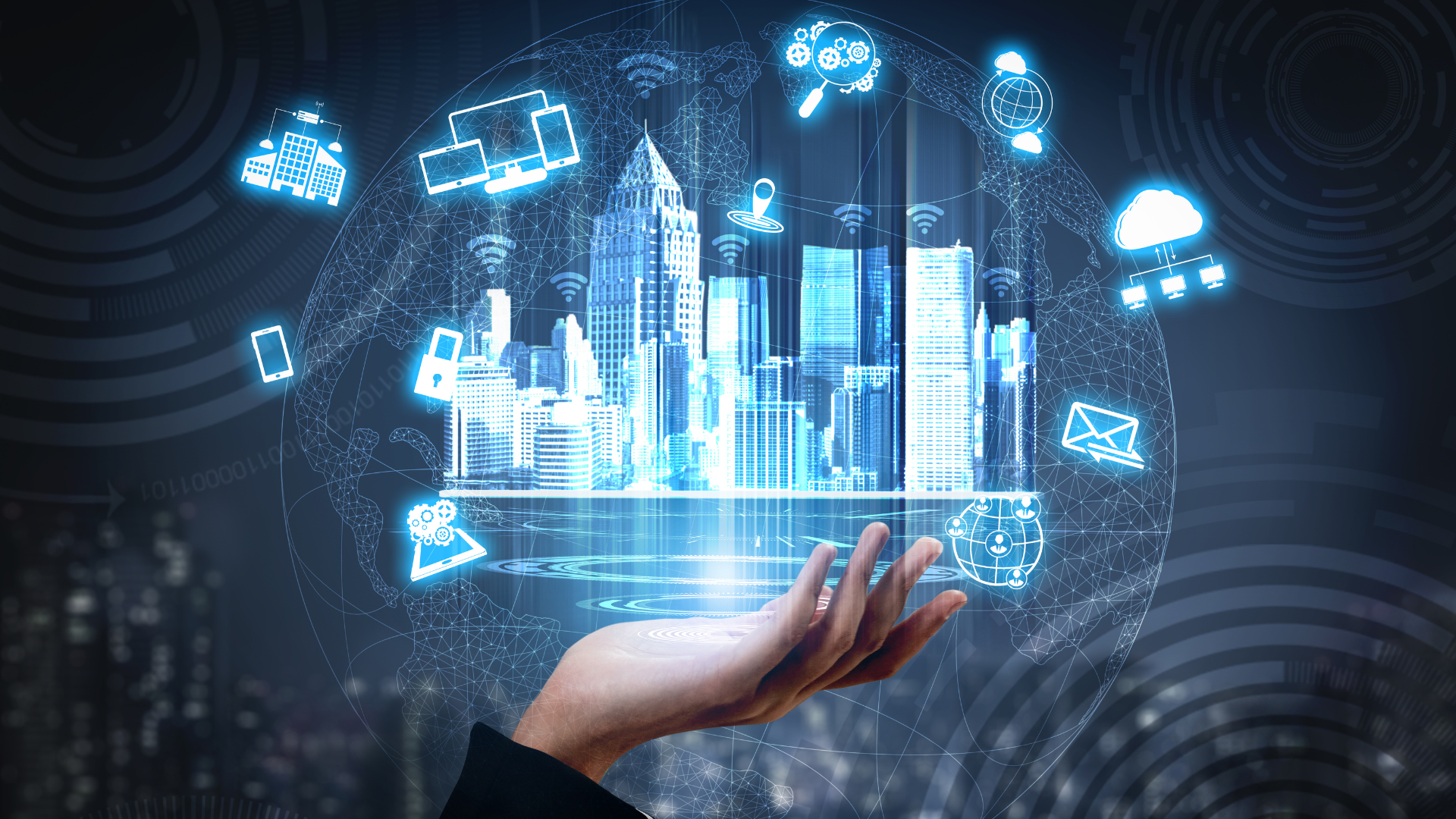3 min read
LDS On: Mergers & Acquisitions in the Age of Uncertainty
In this episode of “LDS On,” CEO Mimi Brooks examines how the booming 2021 M&A marketplace offers companies a unique opportunity to create...
In this episode of “LDS On,” CEO Mimi Brooks explains the concept of learning on multiple timescales. In the Age of Artificial Intelligence, companies need to compete on a pace of learning where optimization of people means relieving workers of routine burdens while developing insights from smart machines that operate on exponential timescales. When we talk about learning on multiple timescales, we are looking at reorganizing human and machine tasks and roles, redesigning processes to promote agility, and building durable skills that optimize the collaboration between workers and their computerized counterparts.
Welcome to the fourth video in a series of LDS thought-leadership dedicated to the discussion of transformation management.
In each bi-weekly video, we’ll address a topic of strategic interest to business leaders who are guiding their organizations through transformative change.
In this video, I’ll focus on the concept of organizations needing to adapt to different timescales as workers shift to more durable skills like critical thinking, creativity, and complex problem-solving, while machines solve repetitive and analytic challenges at far greater speeds than is humanly possible.
So, this is LDS On: Learning on Multiple Timescales. Let’s get started.
As “The Father of Artificial Intelligence,” John McCarthy, said over a half a century ago, “Humans and artificial intelligence must be able to integrate seamlessly.” This has never been truer than it is today.
The rise of AI and other technologies has opened a whole new world of learning. It’s not enough to say that people “learn to learn” anymore. In the Age of AI, companies need to compete at a pace of learning where optimization of people means relieving workers of routine burdens while developing insights from smart machines that operate on exponential timescales.
As machines learn, we optimize workers’ learnings within a much slower human time frame that includes considerations of the social, political, and economic forces that are shaping the business model. In this intertwined cycle of humans assisting machines, and machines assisting humans, organizations must learn to adapt to completely different timescales. In this learning context, Artificial Intelligence is a game-changer.
The widespread transition to digital operating models during this second wave of the Fourth Industrial Revolution has opened the door to an explosion of digital sensors, networks , and software-based automation driven by machine learning algorithms that can evolve without human intervention.
As a decision-making technology, AI can automate many tasks related to learning by embedding problem-solving loops that can improve predictions about user needs and behaviors. Some would argue that AI is now capable of delivering better performance in terms of customer-centricity, creativity, and rate of innovation.
Let’s dwell on those rather profound concepts for just a moment.
Machine learning, as a subset of AI, revolutionizes automated learning and improvement from experience without being explicitly programmed. Simply put, it embraces supervised learning, which is designed to emulate a human expert; unsupervised learning, which attempts to discover new insights in data without any preconceptions, and reinforcement learning, which is intended to explore complexities beyond the current level of understanding for a particular problem.
This latter type of learning resembles the process of human design in many respects, and it uses algorithms that closely replicate human problem-solving processes, but on a much larger scale than can be driven down to the individual user level.
So, when we talk about learning on multiple timescales, we are looking at reorganizing human and machine tasks and roles, and redesigning processes to promote agility, nurture a hybrid culture, and build durable skills that optimize the collaboration between workers and their computerized counterparts.
Collective intelligence encapsulates the notion of humans as trainers and machines as guides. Hybrid human-machine activities blend human creativity, judgment, empathy, and leadership with the adaptation, prediction, iteration, and transactions that typify artificially intelligent machines.
In summary, in order to compete on the ability to learn on multiple timescales, leaders must virtually reinvent the organization in order to leverage both human and machine capabilities synergistically. This expands learning on both faster and slower timescales that ultimately require a model of the enterprise that is predicated on greater machine autonomy, as problem-solving is now being increasingly embedded into automated learning loops.
This provides humans with more of a role as problem “finders” in the learning process who, unlike machines, can exercise moral and emotional judgments. Given the ever-expanding reliability and power of technologies like machine learning, robotics , and artificial intelligence, business leaders will want to focus on the processes that require particular human ingenuity and learning, and increasingly let the computers demonstrate mastery over those tasks for which they were “born” to perform.
Thanks for watching. You can feel free to interact with us on any of the LDS channels shown below. We hope to see you at another “LDS On” discussion in the future. Until then, stay safe.
.png)
3 min read
In this episode of “LDS On,” CEO Mimi Brooks examines how the booming 2021 M&A marketplace offers companies a unique opportunity to create...

7 min read
Most enterprises now have an AI strategy. Few, however, have the organizational design to make that strategy work. The reality is sobering: AI pilots...

1 min read
On November 7th, LDS CEO Mimi Brooks led a session at the Procter & Gamble 2020 WINnovation Summit at their headquarters in Cincinnati. The...